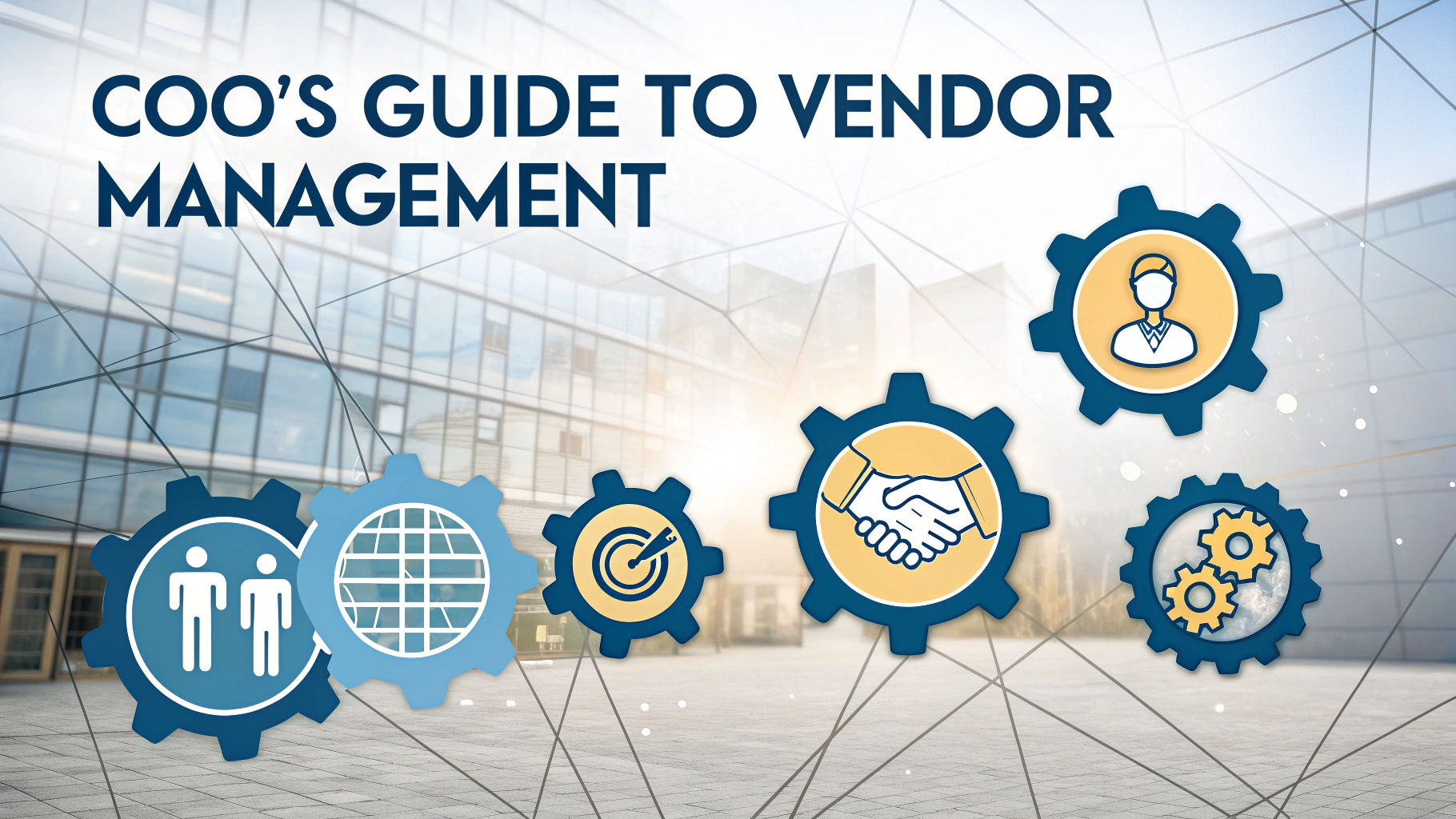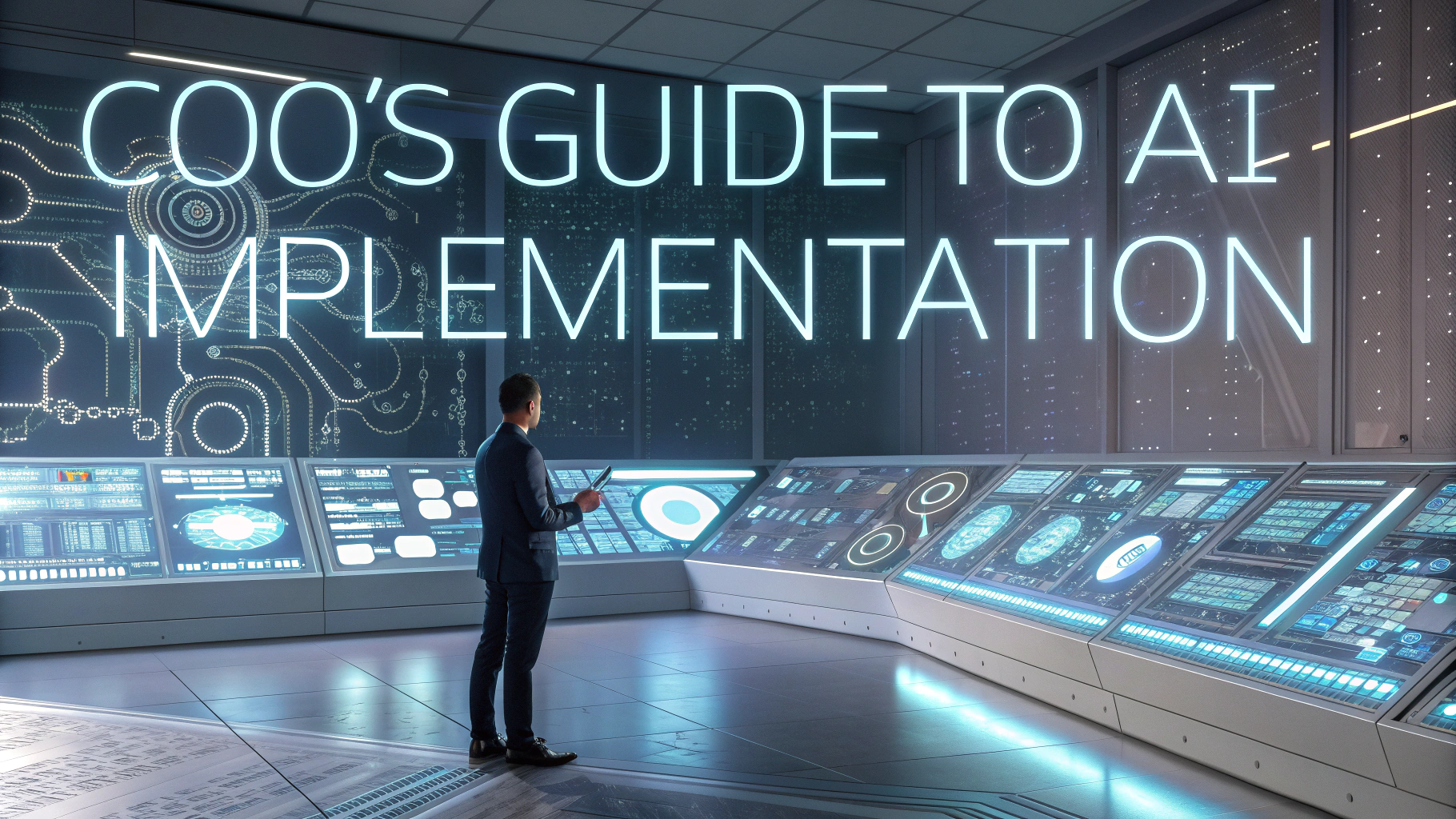A COO transition roadmap for the first 100 days helps new chief operating officers establish their leadership, assess organizational needs, and implement strategic improvements.
This guide outlines practical steps and priorities for incoming COOs to navigate their initial months effectively while building strong relationships with key stakeholders.
Following this structured approach allows new COOs to make meaningful impact while avoiding common pitfalls that can derail leadership transitions.
Pre-Arrival Planning (Days -30 to 0)
- Request and review key documents:
- Financial statements
- Organizational charts
- Strategic plans
- Performance metrics
- Schedule initial meetings with:
- CEO and board members
- Direct reports
- Department heads
First Month (Days 1-30)
Focus on listening and learning during the first 30 days while building relationships across the organization.
- Week 1: Meet key team members and establish communication channels
- Week 2: Review operational processes and current initiatives
- Week 3: Assess organizational structure and team capabilities
- Week 4: Identify immediate operational challenges and quick wins
Second Month (Days 31-60)
Begin developing strategic initiatives and implementing initial improvements.
| Focus Area | Action Items |
|---|---|
| Process Optimization | Identify bottlenecks, streamline workflows |
| Team Development | Address staffing gaps, initiate training programs |
| Performance Metrics | Establish KPIs, implement tracking systems |
Third Month (Days 61-90)
- Launch strategic initiatives:
- Process improvement projects
- Technology upgrades
- Team restructuring
- Develop action plans for:
- Cost reduction
- Revenue growth
- Operational efficiency
Key Success Factors
- Build Strong Relationships: Invest time in understanding team dynamics and establishing trust
- Focus on Data: Make decisions based on metrics and concrete information
- Communicate Clearly: Share vision and expectations with all stakeholders
- Quick Wins: Identify and execute high-impact, low-effort improvements
Common Pitfalls to Avoid
- Making major changes too quickly
- Failing to build key relationships
- Ignoring company culture
- Not aligning with CEO expectations
Moving Forward Beyond 100 Days
Create a long-term strategic plan based on insights gathered during the first 100 days.
- Review and adjust initial strategies
- Set long-term goals and metrics
- Develop talent management plans
- Build sustainable operational improvements
Implementing Change Management
- Develop change management strategies:
- Stakeholder analysis
- Communication plans
- Training programs
- Feedback mechanisms
- Monitor resistance points and address concerns
- Celebrate early successes and share wins
Building Cross-Functional Excellence
Foster collaboration and efficiency across departments to drive organizational success.
- Department Integration:
- Align department goals
- Create shared metrics
- Establish cross-functional teams
- Resource Optimization:
- Balance workloads
- Share best practices
- Leverage technology solutions
Risk Management and Compliance
| Risk Area | Mitigation Strategy |
|---|---|
| Operational | Process documentation, backup plans |
| Financial | Controls, monitoring systems |
| Regulatory | Compliance reviews, updates |
Sustaining Long-Term Success
Transform initial momentum into lasting organizational improvement.
- Embed Best Practices:
- Document successful processes
- Standardize operations
- Create training materials
- Foster Innovation:
- Encourage new ideas
- Test improvement initiatives
- Scale successful programs
- Measure Impact:
- Track performance metrics
- Analyze ROI
- Adjust strategies as needed
Charting the Path Forward
The first 100 days set the foundation for long-term operational excellence. Success requires balancing quick wins with strategic initiatives while building strong relationships and maintaining clear communication throughout the organization.
- Maintain momentum beyond initial phase
- Continue developing team capabilities
- Evolve strategies based on market changes
- Build sustainable competitive advantages
FAQs
- What should a COO prioritize during the first 30 days of transition?
Understanding the organizational structure, meeting key stakeholders, reviewing current operational processes, and establishing relationships with the executive team. - How should a new COO assess the current operational effectiveness?
By analyzing key performance indicators (KPIs), reviewing existing reports, conducting department audits, and gathering feedback from department heads and team leaders. - What are the critical relationships a COO needs to establish in the first 100 days?
The CEO, CFO, department heads, key clients, major vendors, board members, and front-line managers who oversee day-to-day operations. - Should a new COO implement immediate changes during the transition period?
No, unless there are critical issues requiring immediate attention. The first 100 days should focus on observation, assessment, and planning rather than major organizational changes. - What key metrics should a new COO track during the transition period?
Operational efficiency metrics, financial performance indicators, customer satisfaction scores, employee engagement levels, and process cycle times. - How should a COO handle existing operational challenges during transition?
By documenting issues, prioritizing them based on impact and urgency, developing action plans, and consulting with relevant stakeholders before implementing solutions. - What should be included in a COO’s 100-day plan?
Assessment phases, stakeholder engagement timeline, key milestones, risk assessment, resource evaluation, and strategic alignment goals with the CEO’s vision. - When should a new COO present their strategic vision to the organization?
Around day 90, after gathering sufficient data, understanding organizational dynamics, and developing a well-informed perspective on necessary improvements and strategic direction. - How can a new COO effectively evaluate the existing leadership team?
Through one-on-one meetings, performance reviews, capability assessments, team dynamics observation, and alignment with organizational goals. - What communication strategies should a COO employ during transition?
Regular updates to stakeholders, transparent communication about assessment findings, clear expectations setting, and establishing open feedback channels.







